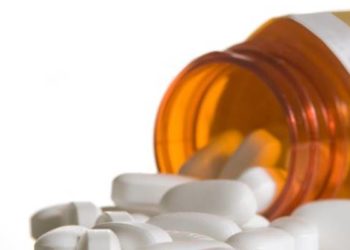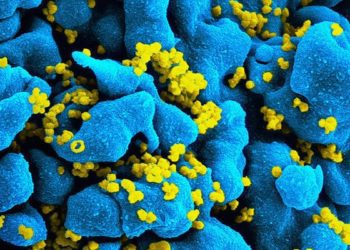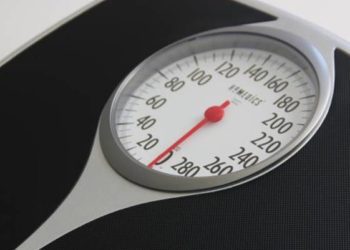Surveillance testing of staff at nursing facilities reduces resident COVID-19 mortality
1. In this retrospective cohort study, a greater volume of coronavirus 2019 (COVID-19) testing of staff members in skilled nursing facilities reduced the incidence of COVID-19 cases and deaths.
2. In the data subset after vaccines became available, the volume of COVID-19 testing of staff members in skills nursing facilities was not associated with incidence of COVID-19 cases and deaths.
Evidence Rating Level: 2 (Good)
Study Rundown: Regular surveillance testing for COVID-19 has previously been mandated by organizations with high-risk members and closed communities, such as healthcare facilities and prisons. While surveillance testing is cost-effective and essential in outbreak management, there is a paucity of longitudinal, real-world data on testing strategies in large populations over time. Skilled nursing facilities are disproportionately affected by the pandemic, and presymptomatic staff members are the primary mechanism of the introduction of COVID-19. In this retrospective cohort study, data from the COVID-19 Nursing Home Database of the Centers for Medicare and Medicaid Services was used to determine the association between testing rate, point-of-care and non-point-of-care, and testing turnaround time with incidences of COVID-19 cases and deaths. In the overall study, high-testing facilities, defined by the 90th percentile in the volume of COVID-19 testing normalized by staff size, had a significantly lower number of resident COVID-19 resident cases and deaths per 100 potential outbreaks than low-test facilities (10th percentile). This difference was larger during the prevaccine period than after vaccines became available. As a limitation, this study design precludes a conclusion of causality and could not account for the potential contribution of outside visitors to infection rates.
Click here to read the study in NEJM
In-Depth [retrospective cohort study]: In this retrospective cohort study, data collected from the COVID-19 Nursing Home Database of the Centers for Medicare and Medicaid Services were used to determine the association of resident COVID-19 cases and death in skilled nursing facilities with varying COVID-19 testing characteristics. During the 77-week study window, 13,424 skilled nursing facilities and 66,900 potential outbreaks were included. High-testing and low-testing facilities were defined as the 90th and 10th percentile in staff testing frequency normalized by staff size. In the overall study, high-testing and low-testing facilities had 519.7 and 591.2 cumulative resident COVID-19 cases per 100 potential outbreaks, respectively (adjusted difference, -71.5 cases; 95% Confidence Interval [CI], -91.3 to -51.6). High-testing facilities also had lower cumulative resident COVID-19 deaths per 100 potential outbreaks than low-testing facilities (42.7 and 49.8, respectively; adjusted difference, -7.1; 95% CI, -11.0 to -3.2). These differences in cases and deaths were larger during the prevaccine period than after vaccines became available. For the prevaccine period, each additional test per staff member per week across all facilities was associated with a 30.5% and 26.4% reduction in resident cases and deaths, respectively. After adjusting for surveillance-testing volume, facilities that used point-of-care and non-point-of-care tests had 537.6 and 509.4 resident COVID-19 cases per 100 potential outbreaks, respectively (adjusted difference, 28.2; 95% CI, 9.4 to 47.1). Among facilities that used non-point-of-care tests, a test turnaround time of two days or less had 41.6 resident deaths per 100 potential outbreaks compared to 59.1 for those with three days or more (adjusted difference, -17.5; 95% CI, -25.2 to -9.8). This study showed that greater surveillance testing of staff members at skilled nursing facilities was associated with reduced COVID-19 cases and deaths.
Image: PD
©2023 2 Minute Medicine, Inc. All rights reserved. No works may be reproduced without expressed written consent from 2 Minute Medicine, Inc. Inquire about licensing here. No article should be construed as medical advice and is not intended as such by the authors or by 2 Minute Medicine, Inc.







